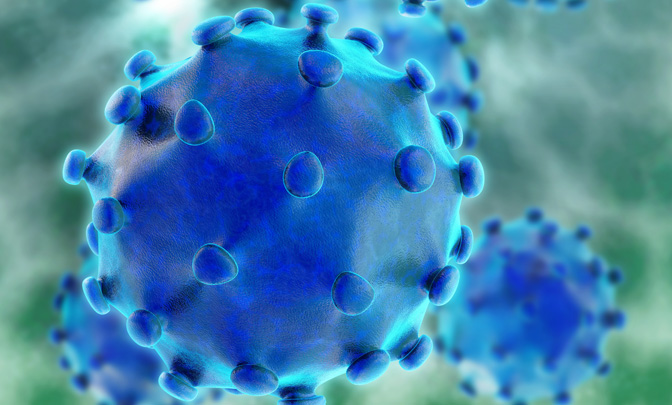Cancer is one of the world’s most serious diseases. In 2013, it had a worldwide death toll of 8.3 million, exceeding that of AIDS, tuberculosis and malaria combined.
It is the second largest killer after cardiovascular/heart diseases. Lung, prostate, colorectal, cervical and breast cancers remain the most common forms of the disease. There is a rising demand to prevent and to treat cancers.

Owing to high unmet needs, the oncology market will continue to grow at a moderate pace, driven by a rising aging population, hopping incidence rates, expedited FDA approvals, urbanisation, increased testing, enhanced diagnosis and rising adoption of combination therapies.
Conversely, high prices, limited reimbursement, high patient out-of-pocket costs and lack of screening and awareness in developing regions will all contribute to mitigating market growth.
Over 60% of the world’s new annual cases originate from Africa, Asia and Central and South America, which together account for nearly three-fourths of the world’s cancer deaths.
Among developing economies, India, China and Russia account for ~40% of the world’s population with around twice the cancer mortality rates compared to that currently witnessed in the US and in the UK.



Large biopharmaceutical companies are increasingly relying on external R&D, primarily that of SMEs. These outsourced research programs now represent as much as 40% of their pipeline. Vaxeal is forecasting substantial licensing and M&A transactions in the coming years.
By targeting disease segments where high value markets are experiencing rapid growth, each product developed at Vaxeal has the potential to be a blockbuster with annual sales exceeding €5 billion. Additionally, these products should qualify for regulatory fast-track and special protocol assessment.
The innovative Vaxeal cancer immunotherapies will address a large spectrum of cancer patients, as they include two tumor antigens (SVX-1 and CBX-1), which cover almost all solid tumors. The clinical results of Phase I/II trials should bring the promise of long-term survival when administered to cancer patients, and should lead to protective anti-tumor immunity with limited toxicity and adverse effects. Moreover, a better understanding of the immunological mechanisms of our vaccines will enable the more efficient development of vaccines beyond our current indications in the future.
